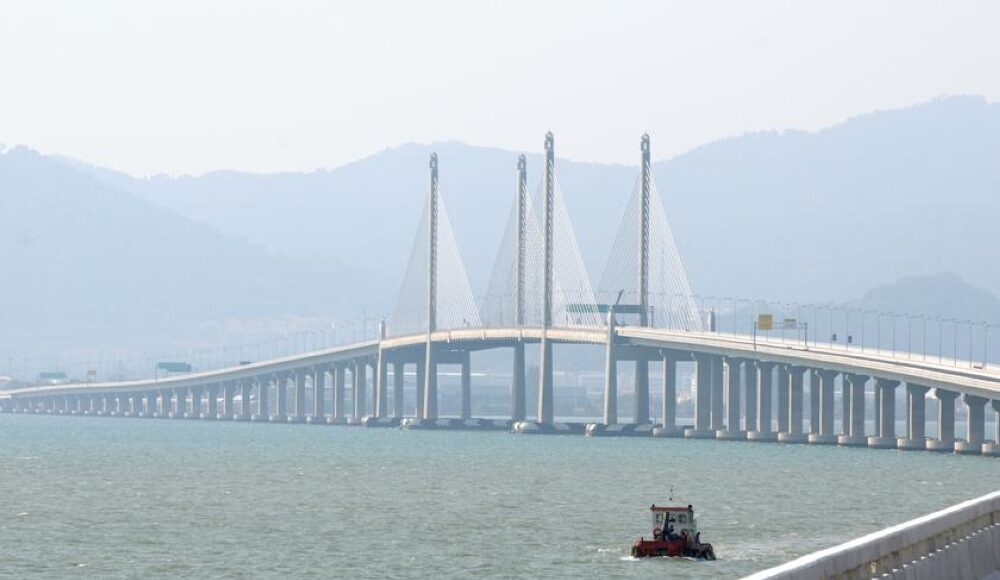JULY 10 — I didn’t grow up in Penang, but I ended up here. Like many young people from Kedah and other nearby states, we came to Penang for one simple reason: opportunity.
I stayed because it felt like a place where things were moving, where industries were growing, where ideas were being tested, and where young people like me had at least a fighting chance to build something.
Penang wasn’t perfect, but it gave me space to imagine a future. Recently, that future has started to feel more defined. It’s called Penang 3.0 — a vision to transform the state from a world-class production hub into a centre for innovation, technology, and design.
For someone like me, who still wants to believe in Malaysia’s potential, this isn’t just exciting. It’s deeply encouraging.
A future that starts with ownership
What makes Penang 3.0 feel different is that it’s not just about building more infrastructure or attracting more foreign investment. It’s about finally asking ourselves a deeper question: what can we create that is truly ours?
For decades, Penang has helped power the global economy through manufacturing. But the rules of the game are changing now.
File picture of the Second Penang Bridge. According to the author, Penang 3.0 envisions a future where young people don’t just take part in the economy — they help shape it by designing their own products, companies, and ideas instead of merely executing others’ visions. — Picture by KE Ooi
Geopolitical tensions, particularly between the US and China, have redrawn the global semiconductor map. The US CHIPS Act, new export controls, and tariff realignments have made self-sufficiency in chip design and production a national priority for many economies. Countries are no longer just competing for factories, they are competing for control over intellectual property, talent, and technology ecosystems.
If Malaysia wants to keep up, we can’t just rely on cheap labour or global companies setting up plants here. And that’s why Penang 3.0 matters.
We need to build ecosystems that support our own talents — our own engineers, researchers, designers, and creators.
Real progress, not just big promises
What gives this vision more weight is that it’s already beginning to take shape.
Just weeks ago, the Penang Silicon Research and Incubation Space was launched in Bayan Lepas under the PSD@5KM+ initiative, a purpose-built hub for IC design startups.
Two major announcements followed:
1. SkyeChip, a Malaysian company, unveiled two cutting-edge chip technologies: HBM3E and Network-on-Chip (NoC), both designed by Malaysian engineers in Penang.
2. Silicon X, another homegrown company, is developing its own proprietary Malaysian chip.
These are not isolated success stories. They are proof that local talent, with the right support, can lead global innovation.
More importantly, they reflect what Penang 3.0 is truly about. Not just attracting investment but empowering Malaysian companies to compete on their own terms, with their own technologies.
This shift aligns with the federal government’s National Semiconductor Strategy (NSS), which aims to elevate Malaysia from a backend manufacturing hub to a regional leader in advanced chip design. As Minister of Human Resources, Steven Sim, put it: “Over the next 50 years, the goal is to transform from ‘Made in Penang’ to ‘Made by Penang’.”
Why this matters to young people like us
Our generation grew up in uncertainty. We entered the workforce during economic downturns, political instability, and a time when many of us were told that “real” opportunities were elsewhere — in Singapore, or overseas.
Many of us still struggle to find jobs that match our skills. Some are underpaid. Others feel like they’re constantly helping others foreign companies or brands succeed without building something of their own.
But what if that’s starting to change?
Penang 3.0 is a blueprint for a different kind of future. One where young people don’t just work in the economy, but help shape it. One where we’re not just executing someone else’s designs, but creating products, companies, and ideas of our own.
It also reflects something deeper: belief in young talent. And that’s something Malaysia has been missing for a long time.
Challenges still exist, but so does momentum
Of course, this vision won’t be achieved overnight. Challenges remain. Young people still face high costs of living. Public transport is limited. Access to funding and mentorship for startups remains uneven.
But the momentum is real. Infrastructure projects like the new LRT system, the airport expansion, and the construction of Silicon Island all signal that Penang is preparing for long-term growth.
More importantly, this time, the growth is focused on value creation, not just cheap labour.
What’s more, the leadership behind this vision seems serious. Chief Minister Chow Kon Yeow’s administration has taken a long-view approach. Steven Sim has consistently advocated for structural reform and local empowerment. This mix of political will, industrial maturity, and local ambition is rare, and should not be taken for granted.
From Penang, for Malaysia
Penang 3.0 may have started as a state vision, but its meaning goes far beyond that. If Penang proves that a Malaysian state can transition from backend to brainpower, then other places can too.
This is especially important for northern Malaysia, where many young people feel they have to leave to succeed. A stronger Penang gives hope to those of us, that we do not always have to leave home to chase a future.
I am not from Penang, but I believe in what it is trying to become. Because if Penang moves forward, so does the rest of the country. It reminds us that Malaysia can still be a place where we invest in people, in ideas, and in something that lasts.
And maybe most of all, it reminds us that our future is still worth building.
* This is the personal opinion of the writer or publication and does not necessarily represent the views of Malay Mail.





